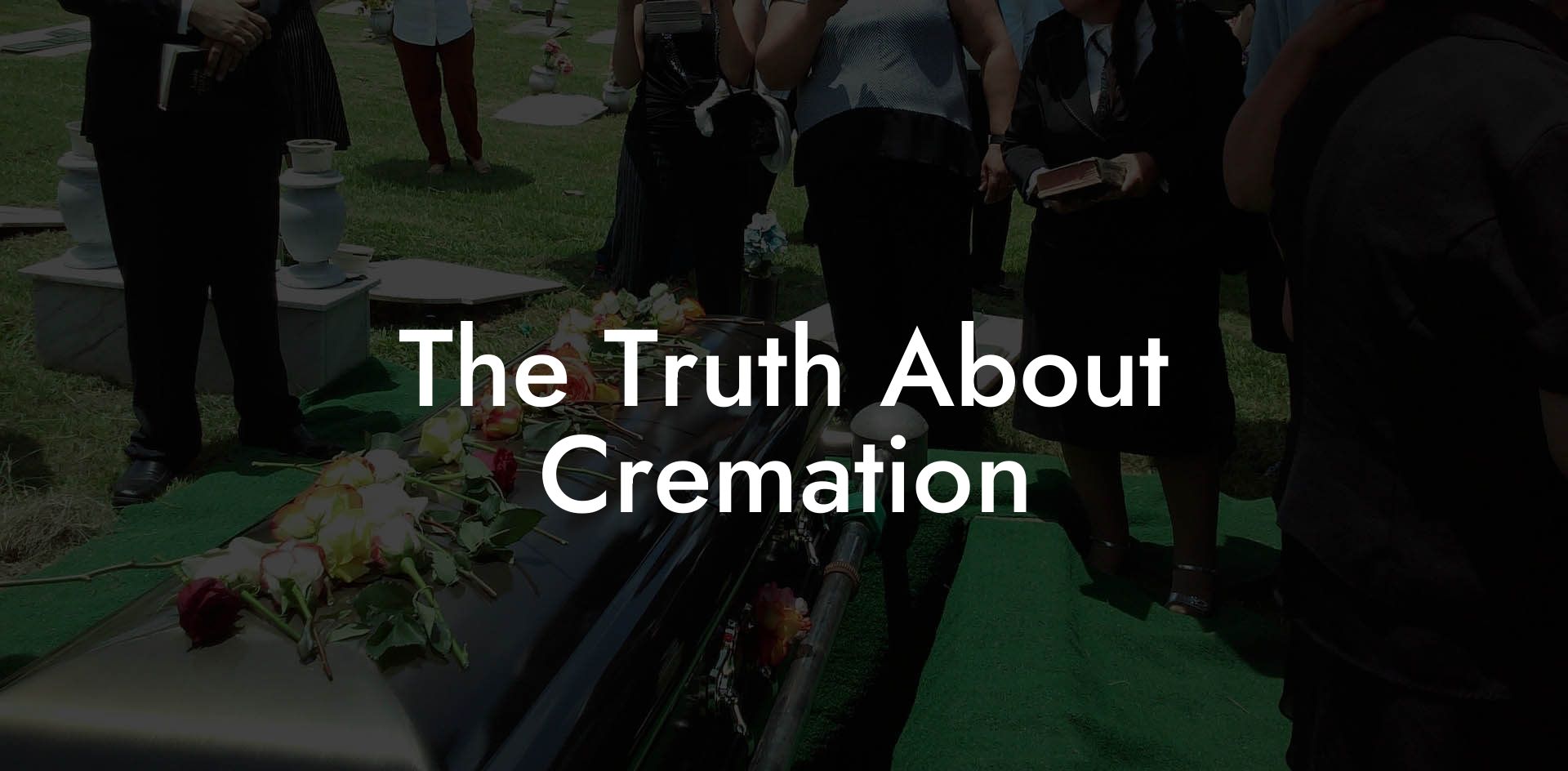Imagine a world where saying goodbye to a loved one doesn't have to break the bank or harm the environment. Welcome to the world of cremation, a modern, eco-friendly, and affordable alternative to traditional burials. Whether you're planning ahead or dealing with a recent loss, this comprehensive guide will walk you through the ins and outs of cremation, debunk common myths, and explore the latest trends in the industry.
Quick Links to Useful Sections
- What Is Cremation, Anyway?
- Myths and Misconceptions: Separating Fact from Fiction
- The Cremation Process: A Step-by-Step Guide
- Cremation Options: From Traditional to Eco-Friendly
- What to Do with Cremated Remains: Ideas and Inspiration
- Cremation Trends: What's New and What's Next
- Resources and Community Support: Your Next Steps
What Is Cremation, Anyway?
Cremation is a process that uses high-temperature flames to reduce a deceased person's body to its basic elements, leaving behind a residue of bone fragments and ash. This process can be performed in a variety of ways, from traditional flame-based cremation to more modern, eco-friendly alternatives like alkaline hydrolysis.
In simple terms, cremation is a way to honor your loved one while minimizing the environmental impact of traditional burials. It's a choice that's gaining popularity, with over 50% of Americans opting for cremation in 2020 alone.
Myths and Misconceptions: Separating Fact from Fiction
Despite its growing popularity, cremation is still shrouded in mystery. Let's debunk some common myths and misconceptions surrounding this ancient practice:
- Myth: Cremation is against religious beliefs. Reality: Many religions, including Catholicism, Buddhism, and Hinduism, accept cremation as a valid way to handle the deceased.
- Myth: Cremation is expensive. Reality: While costs vary, cremation can be significantly cheaper than traditional burials, with prices starting at around $1,000.
- Myth: Cremation is bad for the environment. Reality: Modern cremation facilities are designed to minimize emissions, and eco-friendly alternatives like alkaline hydrolysis are becoming increasingly popular.
By understanding the facts, you can make an informed decision about whether cremation is right for you and your loved ones.
The Cremation Process: A Step-by-Step Guide
So, what happens during the cremation process? Here's a breakdown of the steps involved:
- Preparation: The deceased is prepared for cremation, which may involve washing, dressing, and placing them in a casket or container.
- Cremation Chamber: The body is placed in a cremation chamber, where it's exposed to high temperatures (typically between 1400°F and 1800°F) for 1-2 hours.
- Processing: After cremation, the remains are processed into a fine powder, known as cremated remains or ashes.
- Return of Ashes: The ashes are returned to the family in an urn or container, which can be kept, scattered, or buried.
Understanding the cremation process can help you feel more comfortable with the idea and make informed decisions about your loved one's final arrangements.
Cremation Options: From Traditional to Eco-Friendly
The cremation industry has evolved significantly in recent years, offering a range of options to suit different needs and preferences:
- Traditional Flame-Based Cremation: The most common method, which uses a flame to cremate the body.
- Alkaline Hydrolysis: A water-based process that uses an alkaline solution to break down the body, producing a gentler, more eco-friendly alternative.
- Resomation: A modern, high-temperature water-based process that's similar to alkaline hydrolysis but uses a different chemical solution.
With more options available than ever before, you can choose the method that best aligns with your values and priorities.
What to Do with Cremated Remains: Ideas and Inspiration
Once you have the ashes, the possibilities are endless. Here are some ideas to get you started:
- Urn Burial: Bury the ashes in a cemetery, memorial garden, or on private property.
- Scattering: Scatter the ashes in a special location, such as a favorite park, beach, or mountain.
- Tree Planting: Plant a tree or garden using the ashes as fertilizer, creating a living memorial.
- Keepsake Jewelry: Turn a small portion of the ashes into a beautiful piece of jewelry, such as a pendant or ring.
The way you choose to handle the ashes is a personal decision that can help you find closure and celebrate your loved one's life.
Cremation Trends: What's New and What's Next
The cremation industry is constantly evolving, with new trends and innovations emerging all the time:
- Eco-Friendly Options: The growing demand for eco-friendly cremation methods is driving the development of new, environmentally sustainable technologies.
- Personalized Urns: Unique, customized urns that reflect the personality and interests of the deceased are becoming increasingly popular.
- Cremation Ceremonies: More families are opting for cremation ceremonies, which combine the cremation process with a memorial service or celebration of life.
By staying up-to-date with the latest trends and innovations, you can make informed decisions about your loved one's final arrangements and create a meaningful, personalized experience.
Resources and Community Support: Your Next Steps
Losing a loved one can be overwhelming, but you don't have to navigate the cremation process alone. Here are some resources to help you get started:
- Cremation Associations: Organizations like the International Cemetery, Cremation and Funeral Association (ICCFA) and the National Funeral Directors Association (NFDA) provide valuable resources and guidance.
- Online Communities: Join online forums, social media groups, and support networks to connect with others who have experienced a loss.
- Local Funeral Homes: Reach out to local funeral homes or crematories for personalized guidance and support.
Remember, you're not alone in this journey. Seek out support, ask questions, and take your time to make decisions that feel right for you and your loved ones.

